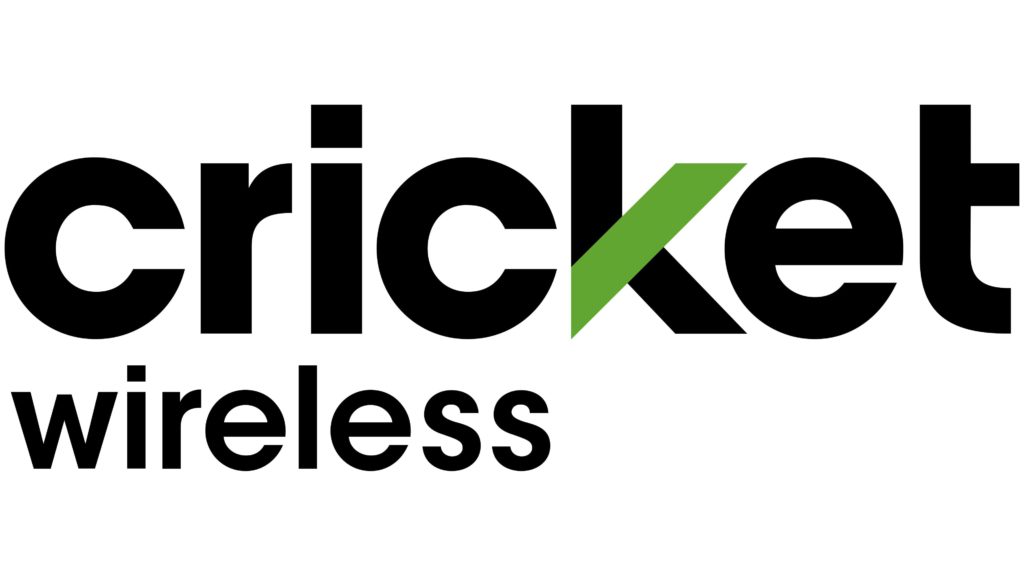
Video content is a booming trend, with stats showing its growth in popularity and effectiveness. In fact, video marketing has become the norm for businesses seeking to connect with their customers. That’s why around 87% of online marketers leverage video content for marketing. Moreover, of the video marketers who use video content, over 90% stated that it is an integral part of their marketing strategy and has helped achieve their goals.
Video content can serve many purposes: from providing helpful information to driving sales of products or services. It can also be used as an educational tool or an entertainment strategy. There are some essential tips that you can follow to create a great video content strategy, no matter your goals. Here are 7 of the best:
Keep it brief
It’s been shown that now people have shorter attention spans than they did in the past. This means that you need to make your videos brief and to the point. Additionally, viewers are more likely to watch a shorter video all the way through and are also more likely to share it.
Try to keep them under three minutes in length, if possible. But if you still need some more time, don’t worry. Make sure that each minute of your video is jam packed with valuable content.
Moreover, your video must capture the viewer’s attention due to the narrowing attention span. You can do this by using an exciting opener or posing a question that engages the viewer. Just keep in mind that you should always stick to the point. If you value your viewer’s time, they will appreciate your time and effort.
Choose the right platform for your message
Choosing the right platform for your video content is essential because it determines how your viewers see and interact with your videos. There are a variety of platforms to choose from, such as YouTube, Facebook, Twitter, and Instagram. Each one has its own unique set of features that can be used to reach your target audience.
For example, YouTube is great for long-form videos and reaching a global audience. On the other hand, Facebook is perfect for shorter videos and more personal messages, while Twitter is ideal for quick updates and engaging with your followers.
When selecting the right platform for your video marketing, it’s essential to consider various factors. You need to think about the audience you’re trying to reach, the type of content you’re producing, and the goals you want to achieve.
For example, if you’re looking to reach a global audience, YouTube would be a good choice. But if you’re more interested in building relationships with your customers, Facebook might be a better option.
It all boils down to choosing the platform that makes the most sense for your business and goals. No matter which platform you choose, make sure it’s one that your target audience is using. There’s no point in creating unique video content if no one will ever see it.
Use visuals to support your message
One of the main benefits of using visuals in video marketing is that they can help to support your message. When used correctly, visuals can help to engage the viewer and keep them interested in what you have to say. They can also illustrate your points and make them easier to understand.
In addition, visuals are a great way to break up the text and make your video more visually appealing. This is especially important if you’re creating a longer video. By using visuals, you can keep your viewers engaged and help them to understand your message better.
Editing tools and video trimmers can help you create visuals supporting your message and keeping your viewers engaged. You can easily add text, graphics, and other visuals to your video with the right tools.
Additionally, video trimmers can cut out unnecessary footage and keep your video focused on the main points. This can help to keep your video brief and to the point.
Use a variety of formats
Don’t stick exclusively to one format for your videos. Try using different types, such as interviews, how-to videos, or customer testimonials. This will help keep your content fresh and interactive for the audience.
You can also use video trimmers to chop up your video content into different segments. After segmenting the content, you can edit each piece to ensure it’s the perfect length and fits your format.
Promote your videos
Once you’ve created your videos, it’s important to promote them so that they reach your target audience. Use social media, email marketing, and paid advertising to get the word out about your video content. Social media is the most effective platform to promote your videos. According to statistics, users are more than 2 times likely to share video content on social media. Try to include links in posts, use hashtags, and run ads that target your audience specifically.
You can reach a larger audience and ensure that more people see your message by promoting your video content. You can also use video editing tools to cut short some parts of the video and make it appropriate for different promotion platforms.
Use Call-to-Action
Call-to-action (CTA) is a vital element of video content. It’s the perfect way to motivate your viewers to take action and learn more about your brand. While video content can help engage the audience, a CTA can encourage them to visit your website, request more information, or make a purchase.
When creating a CTA, make sure it’s short, clear, and to the point. You want the viewer to understand what you’re asking them to do, and you don’t want to overload them with too much information. Video trimmers can also be used here to ensure that your CTA is the perfect length.
Analytics is key
Analytics is critical for any type of marketing, and video marketing is no exception. By tracking the performance of your videos, you can determine what’s working and what’s not. This information can then be used to improve your video content strategy and ensure your videos reach your target audience.
You can use a variety of analytics tools to track the performance of your videos. Google Analytics is a popular option that’s free and easy to use. For more in-depth data, you can also consider using a paid service.
Use analytics to determine which topics are most popular with your viewers and create more content. Measure the effectiveness of your video content strategy and make changes as necessary.
Conclusion
Creating great video content doesn’t have to be complicated. Using the tips we’ve provided, you can create engaging, informative, and visually appealing videos. With these tips, you’re well on your way to creating a great video content strategy!



